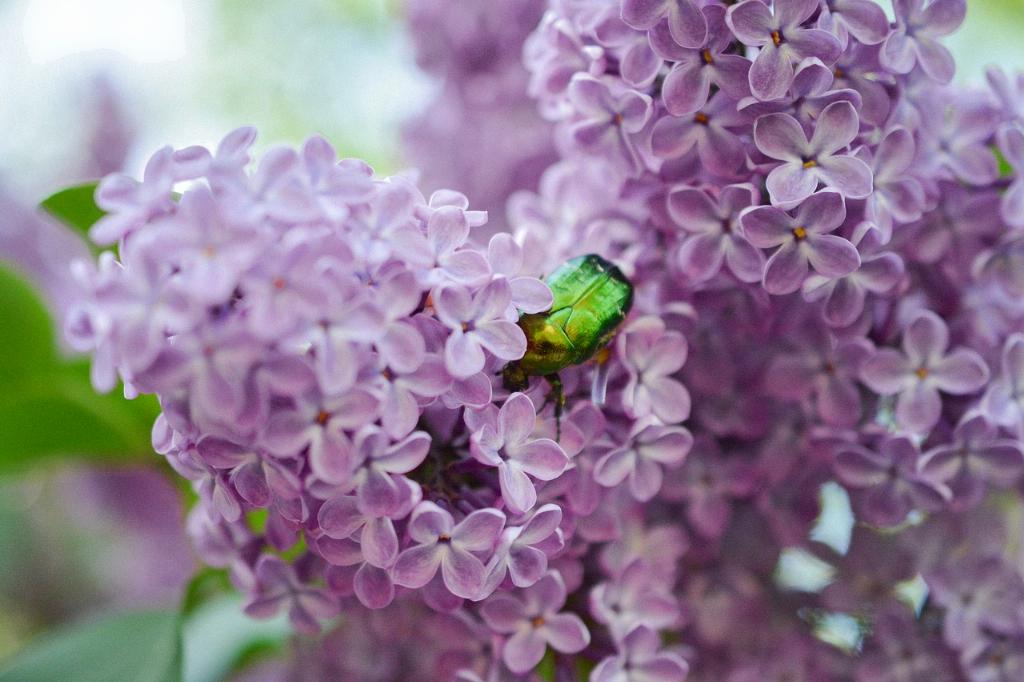When it comes to caring for your lilac tree, there are several key steps you can take to ensure it thrives and blooms beautifully year after year. From choosing the right location to proper feeding and pruning techniques, here is everything you need to know about caring for your beloved lilac tree.
1. Choosing the Perfect Spot
Lilac trees thrive in full sun, so it’s important to choose a spot in your garden that receives ample sunlight throughout the day. Additionally, make sure the soil is well-drained to prevent waterlogging, which can lead to root rot.
2. Feeding Your Lilac Tree
In spring, give your lilac tree a nutrient boost by feeding it with a high-quality plant food such as Miracle-Gro Shake ‘n Feed Flowering Trees & Shrubs Plant Food. This will help promote healthy growth and vibrant blooms.
3. Deadheading for More Blooms
To encourage your lilac tree to set more blooms for the following season, be sure to deadhead spent flowers. This simple step will not only keep your tree looking neat and tidy but will also promote a longer blooming period.
4. Pruning Techniques
Proper pruning is essential for maintaining the health and shape of your lilac tree. When pruning, focus on removing dead or diseased branches, as well as any crossing or rubbing branches. This will help improve air circulation and overall tree health.
5. Watering Wisely
While lilac trees are relatively drought-tolerant once established, it’s important to water newly planted trees regularly to help them establish deep root systems. During dry periods, be sure to water your tree deeply to encourage healthy growth.
6. Mulching for Moisture Retention
Applying a layer of organic mulch around the base of your lilac tree can help retain moisture in the soil, suppress weeds, and regulate soil temperature. Be sure to keep the mulch a few inches away from the trunk to prevent rot.
7. Preventing Pests and Diseases
Keep an eye out for common lilac pests such as aphids, scale, and borers, which can damage the foliage and blooms of your tree. Regularly inspect your tree for signs of infestation and treat any issues promptly.
8. Fertilizing for Optimal Growth
In addition to feeding your lilac tree in spring, consider fertilizing it in fall with a balanced fertilizer to promote healthy root development and prepare it for the upcoming growing season. Follow the manufacturer’s instructions for best results.
9. Monitoring Soil pH
Lilac trees prefer slightly acidic soil with a pH range of 6.5 to 7. To ensure optimal growth, consider testing the pH of your soil periodically and amending it as needed with lime or sulfur to maintain the ideal balance.
10. Winter Care
During the winter months, protect your lilac tree from harsh weather conditions by applying a layer of mulch around the base and wrapping the trunk in burlap to prevent frost damage. Remove the mulch in spring once the risk of frost has passed.
11. Encouraging Root Growth
To help your lilac tree develop a strong and healthy root system, consider root pruning every few years to stimulate new root growth and prevent the roots from becoming pot-bound. This will ensure your tree continues to thrive for years to come.
12. Enjoying the Fruits of Your Labor
With proper care and attention, your lilac tree will reward you with breathtaking blooms and a heavenly fragrance that will delight your senses throughout the blooming season. Sit back, relax, and enjoy the beauty of your well-cared-for lilac tree.

